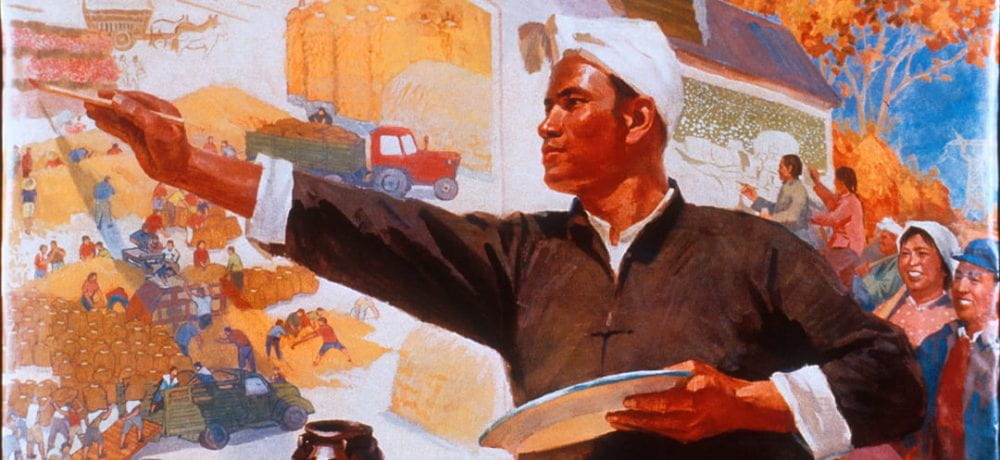Lu Xun (1881-1936) was a Chinese writer, essayist, poet, and literary critic. He is an important figure in Chinese history because he introduced early forms of modern literature and art. He was born and raised in Shaoxing, Zhejiang, in the heart of Jiangnan. In 1919, he joined the New Cultural Movement in China and published several fictional novels that critiqued Chinese traditions and strongly advocated modernization. His writings proved to be immensely influential during the May Fourth Movement and inspired many left-wing activists. Lu Xun was also a talented amateur in the practice of design. He designed the covers of most of his writings and used woodcut print. He’s often times referred to as the father of the modern woodcut movement in China. Furthermore, he was patron for design artists and encouraged good functional designs. His aims in both literature and art prompted a new modernist movement that heavily influenced the nation of China.
Da Ma. “Lu Xun.” Woodcut print. 1940. National Gallery of Australia. Image Source: https://artsearch.nga.gov.au/detail.cfm?irn=114179
Citations:
Andrews, Julia Frances., Kuiyi Shen, and Jonathan D. Spence. A Century in Crisis : Modernity and Tradition in the Art of Twentieth-Century China New York: Guggenheim Museum, 1998.
Lee, Leo Ou-Fan. Lu Xun and His Legacy. Berkeley: University of California Press. 1985
Custer, Charles. “The Legacy and Works of Lu Xun.” ThoughtCo, Feb. 11, 2020, thoughtco.com/lu-xun-modern-chinese-literature-688105.
Hill, Michael Gibbs. “CULTURAL REVOLUTIONARY.” The Review of Politics, vol. 76, no. 2, 2014, pp. 317–319., www.jstor.org/stable/43670969. Accessed 9 Apr. 2020.


